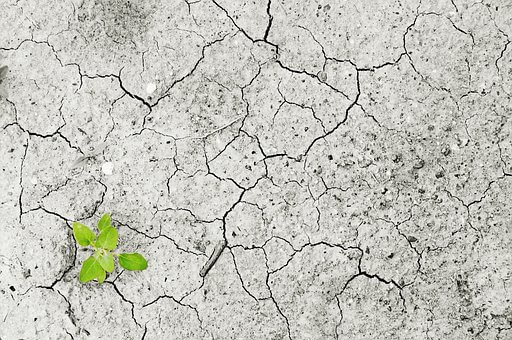Climate change alters the global atmospheric circulation, which in turn alters precipitation and evaporation in large parts of the world and, in consequence, the amount of river water that can be used locally. So far, projections of climate impact on stream flow have usually been calculated on the basis of physical models, e.g. the projections reported by IPCC (Intergovernmental Panel on Climate Change).
However, new data analyses conducted under the leadership of Prof. Günter Blöschl (TU Wien, Vienna) indicate that previous models systematically underestimate how sensitively water availability reacts to certain changing climate parameters. An analysis of measurement data from over 9,500 hydrological catchments from all over the world shows that climate change can lead to local water crises to an even greater extent than previously expected. The results have now been published in the scientific journal Nature Water.
Model approach and measured data approach
“In the climatology community, the effects of climate change on the atmosphere are very well understood. However, their local consequences on rivers and the availability of water falls into the field of hydrology,” explains Prof. Günter Blöschl from the Institute of Hydraulic Engineering and Water Resources Management at TU Wien.
Locally, it is often possible to explain very well how water availability is related to external parameters such as precipitation or temperature – this is being studied at many measuring stations around the world, in particular in Blöschl’s hydrology laboratory in Petzenkirchen, where numerous sensors have been installed over an area of 60 hectares. But global conclusions cannot be drawn from such individual observations: “How the water balance depends on external parameters varies from place to place; local vegetation also plays a very important role here,” says Günter Blöschl. It is difficult to develop a simple physical model that can be used to calculate these interrelationships at all places in the world with precision.
Günter Blöschl therefore has collaborated with colleagues from China, Australia, the USA and Saudi Arabia to build up and analyse a large database of streamflow observations from all over the world. Over 9,500 catchments were included, with time series extending several decades into the past.
The water system reacts to climate change more sensitively than thought
“So we don’t base our analysis on physical models, but on actual measurements,” Günter Blöschl emphasises. “We look at how much the amount of available water changed in the past when external conditions changed. In this way we can find out how sensitively changes in climate parameters are related to a change in local water availability. And this allows us to make predictions for a future, warmer climate.”
And it turned out that the connection between precipitation and the amount of water in the rivers is much more sensitive than was previously thought – and thus much more sensitive than is assumed in the models currently used to predict climate change.
Forecasting models of the effects of climate change on water supply should therefore be fundamentally revised. “Up to now, runoff measurements have usually not been included at all in the models, such as those currently reported by the IPCC,” says Günter Blöschl. “With the series of measurements now available, it should now be possible to adjust the physical prediction models accordingly.”
More severe than assumed
In any case, the results of the research team around Günter Blöschl show that the danger of climate change on the water supply in many parts of the world may have been underestimated so far. Especially for Africa, Australia and North America, the new data predict a significantly higher risk of water supply crises by 2050 than previously assumed.


